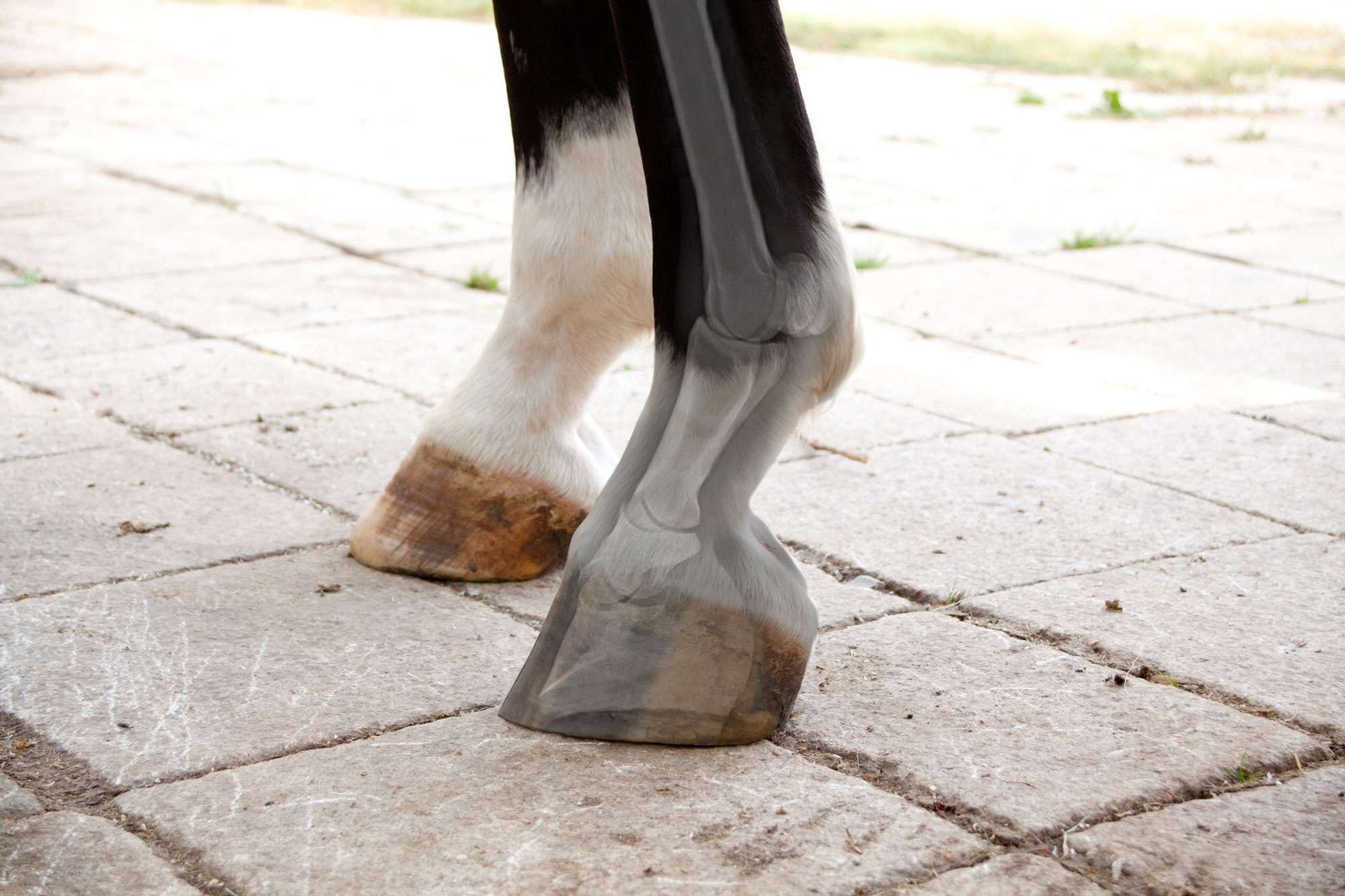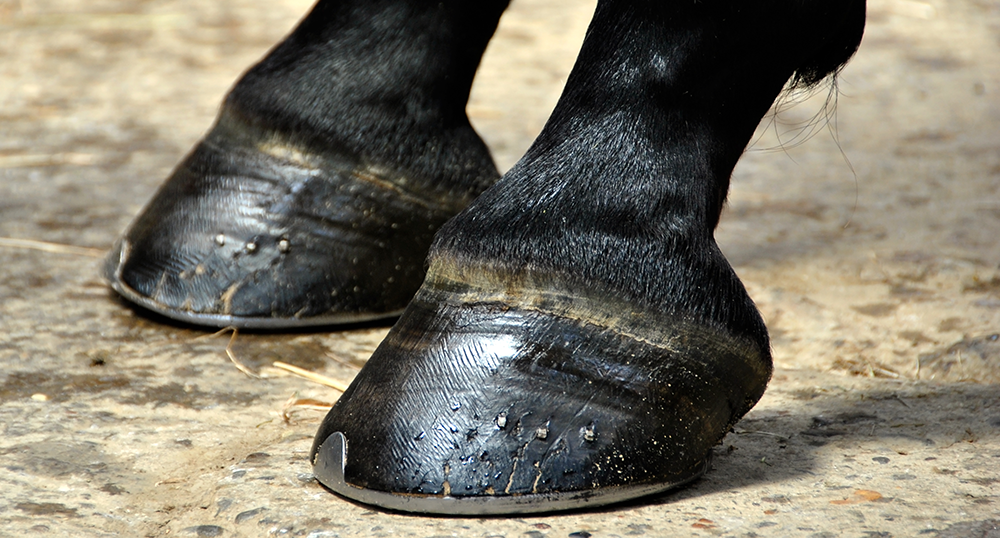The hoof plays a vital role in the movement and overall health of the horse. In this article we will discover the importance of proper hoof management, what are the most common problems that can affect them, and tips for keeping them in excellent condition, preventing and preserving the horses’ overall well-being.
Find out with us how to ensure the health of your horse’s hooves.
Most common problems in hooves
The horse’s hooves play a very important role in equines; in fact, they have a key function in supporting all the weight by allowing them to discharge energy by making contact with the ground. They also have the function of protecting the whole delicate and elaborate internal structure of the foot.
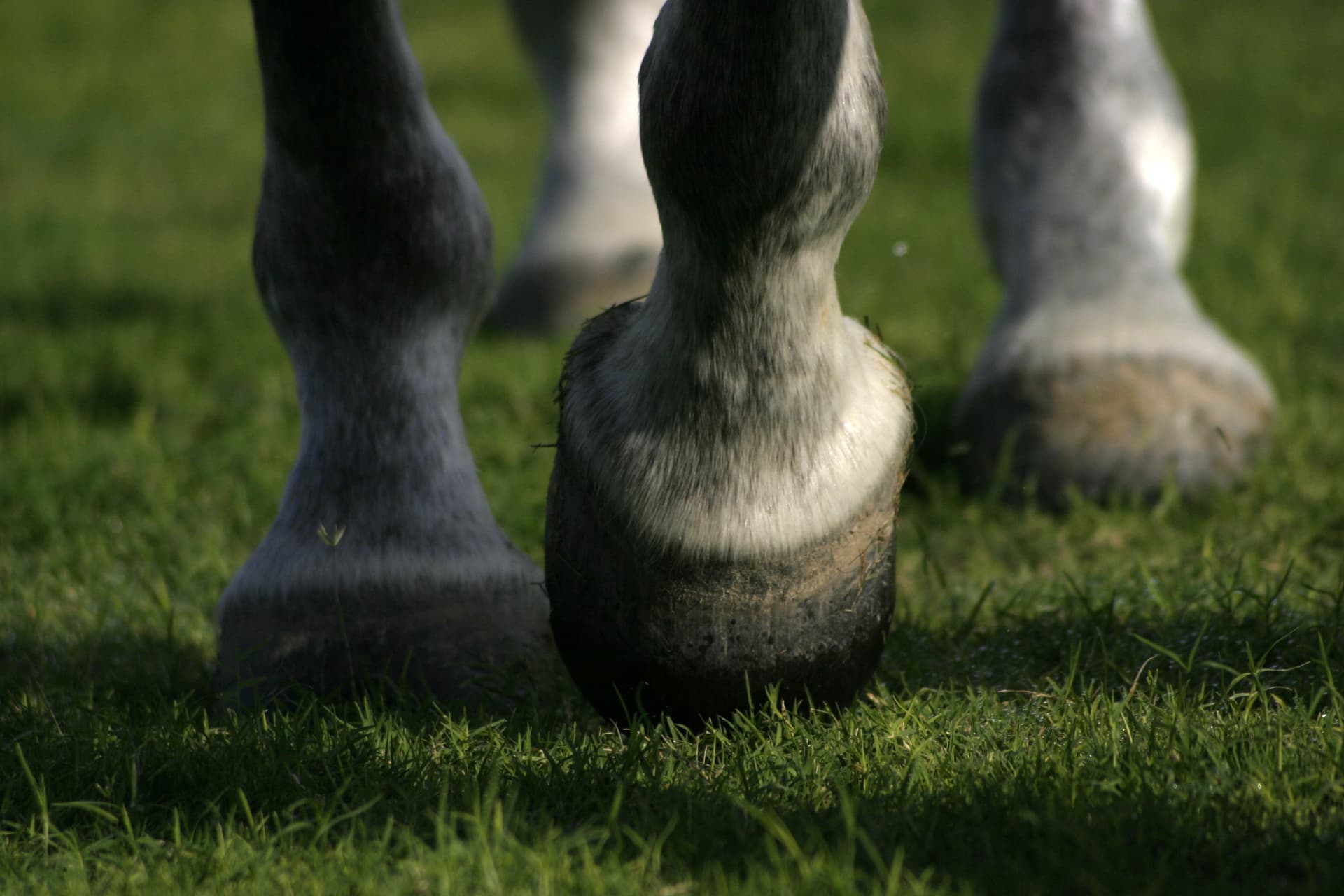
The most common problems that can affect the horse’s hoof are:
⁃ Laminite
⁃ Fungal Infections.
⁃ Navicolite
⁃ Overload injuries.
The hoof wall is the outer, hard part composed mainly of keratin. It surrounds and protects the internal structures of the hoof. The wall extends from the crown, located at the hairline on the upper edge of the hoof, to the sole, which is the lower surface of the hoof.
Inside the wall is a structure called the lamina, which connects the bony wall of the foot to the hoof wall. The lamina is composed of layers of highly vascularized connective tissue, known as lamellar sheets, which intersect with the bone wall to increase contact surface area and improve stability.
The distal phalanx, also known as the nail bone, which corresponds to the third phalanx, is the main bone within the hoof. This bony structure is connected to the wall and lamina by ligaments and soft tissue. The distal phalanx is essential for weight distribution and shock absorption during movement.
The sole is the bottom surface of the hoof and acts as a protective barrier between the internal hoof structures and the ground. It is composed of a thin sheet of connective tissue, coated with a layer of keratin. The sole plays an important role in balance and shock absorption.
Finally, the plinth is supported by a structure called a digital saddle. The digital saddle is located at the back of the hoof, above the crown, and consists of connective and adipose tissue. This structure provides additional support to the hoof and promotes proper blood circulation in the area.
All these connected and complementary structures work together to provide support, cushioning and stability during the horse’s movement. Understanding this anatomy is critical to diagnosing and treating hoof diseases and ensuring good hoof care for the welfare of the horse.
Anatomy of the horse’s hoof
To better understand how to care for the horse’s hoof, it is essential to know its anatomy. Understanding how the various components work in synergy will help to understand the importance of good care and prevention.
The different parts of the hoof are:
⁃ Wall
⁃ Sole
⁃ Foil
⁃ Distal Phalanx or Third Phalanx
The horse’s hoof is a complex structure that is critical to the animal’s movement and health. It consists of several interconnected anatomical parts that work together to provide support, cushioning and stability.
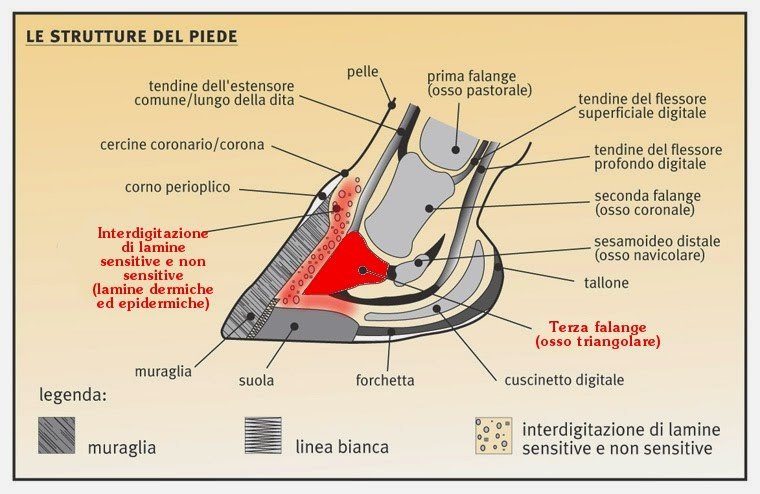
The symptoms can be many and quite different from each other; the most important thing is to keep the horse under control and maintain a regular visitation routine with the farrier or equalizer of confidence: early diagnosis and treatment can make a difference to a horse’s health even though the first step in safeguarding it is to take prevention.
Prevention and daily hoof care
Regular hoof cleaning is essential to prevent infection and disease. Cleaning and scraping the hoof are the most important aspects to be repeated daily. The most suitable tool is the so-called “foot clearer,” which can remove any kind of residue under the horse’s hooves after any kind of activity. Allowing too long for any kind of foreign body or other to remain under the hooves could cause dangerous infections.
Cleaning them with a brush along the outer surface is also important to allow a clear and complete view of their overall appearance, also making it easier to diagnose and identify any problems.
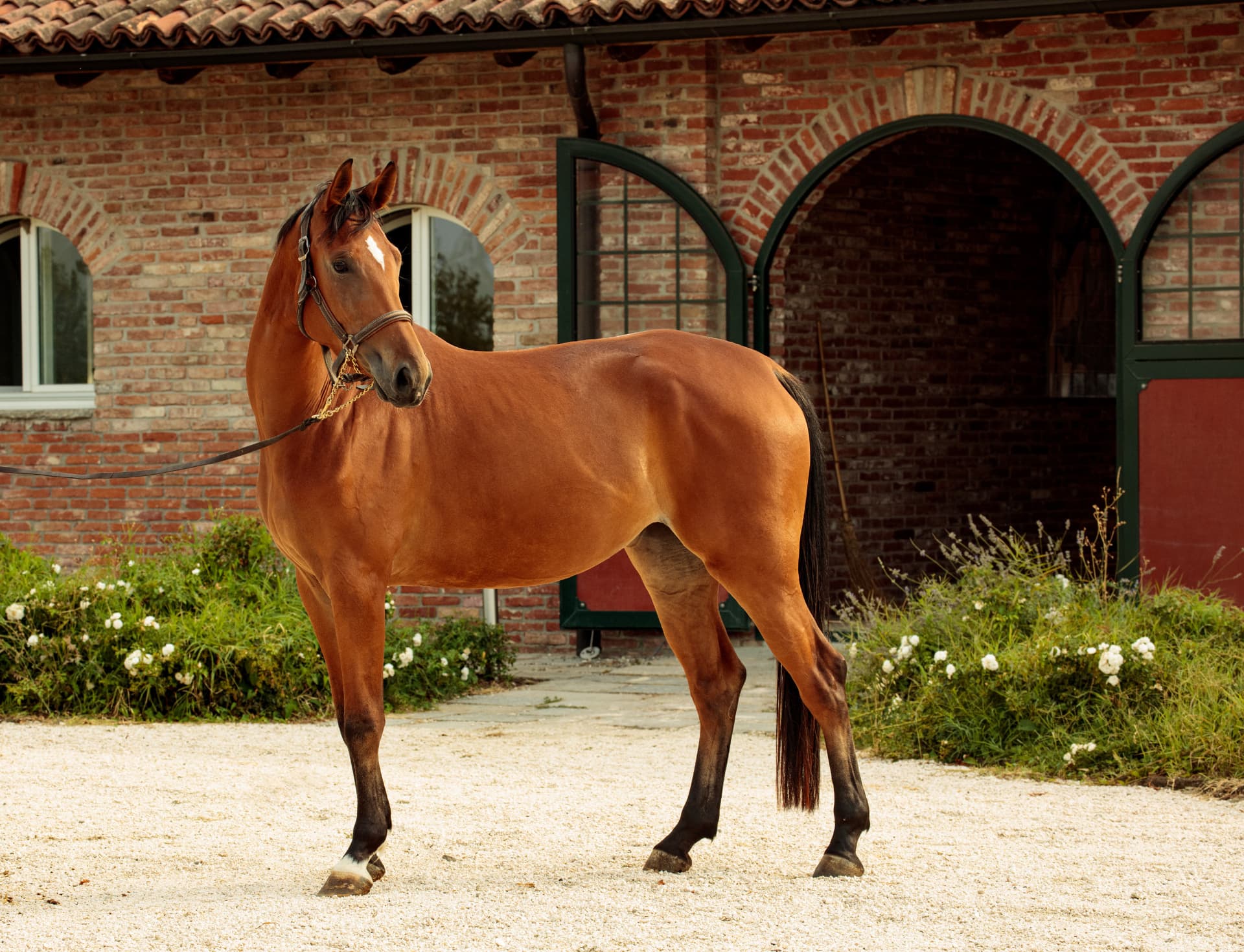
The importance of orthopedic flooring
Another key aspect is the choice of flooring where the horse spends most of its day and night resting. Our Comfortstall orthopedic horse flooring, in addition to providing numerous benefits from an orthopedic and activity-recovery aspect, has an active function in improving the horse’s hoof health.
ComfortStall® is the watertight orthopedic flooring system characterized by the ideal balance of softness and joint support, thanks to Precision Foam™ padding covered with IronClad™ TopCover.
When in contact with ComfortStall®, the hooves sink low enough to massage the stifles with each step, promoting the circulation necessary for blood to flow back up the legs, making bandages a thing of the past.
Horse owners and stable managers report that hock sores disappear, and horses are seen sleeping for hours lying on the ComfortStall® floor, even reaching REM stage.
When they lie down, horses have recumbent support for their entire bodies, and when they stand up, they do not shake or slip, because their hooves sink into the floor just enough to give them the stability they need to rise with ease, a great benefit to the arthritic joints of older people.
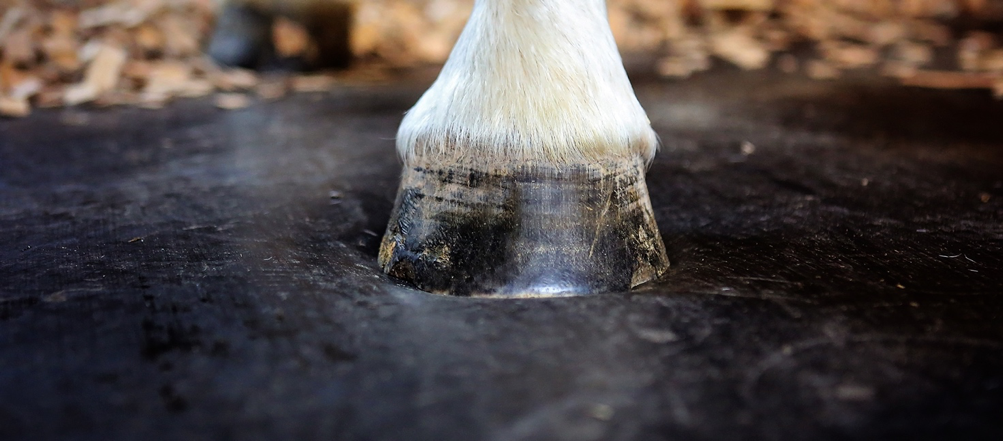
Periodic checks and care of the farrier or equalizer
Working with a good farrier or equalizer is critical to keeping hooves in top condition. The importance of maintaining a routine of regular visits is great. Let us reiterate a very important point: early diagnosis and treatment can make a difference to the horse’s health even though the first step to safeguard it is to do prevention. Often, in the most severe cases, for example, of laminitis, the horse’s life can be saved.
Nutrition and supplementation for hoof health
A balanced diet is essential for the overall health of the horse, including the hoof.
Specifically, certain nutrients play a key role in hoof health by promoting hoof growth and strength:
- Biotin, found in our Healthy Hooves Molasses Free forage.
- Omega-3 fatty acids, which can be assimilated with specific supplements such as EO-3™
To avoid serious diseases such as laminitis, it is necessary to get your horse on a balanced diet that is high in fiber and low in grains.
The horse’s hoof is a crucial aspect to take into consideration to ensure well-being and performance. Proper hoof care through daily cleaning, prevention, working with an experienced farrier or equipper, and a balanced diet are all key.
Always remember to closely monitor your horse’s hoof for signs of problems and act promptly to avoid complications. By investing time and energy in hoof care, you will offer your horse a healthier and happier life.
For more tips and suggestions for the proper management of your horse, discover our blog.
If you want to ask us for advice or need information contact us : our team of experts will be happy to help you.
